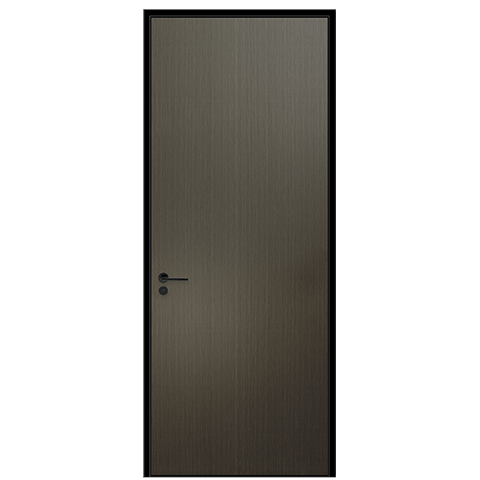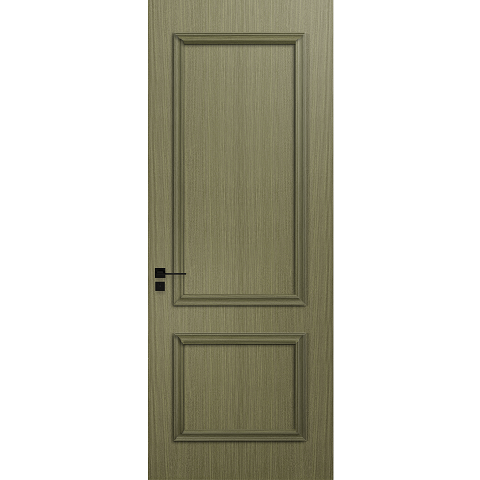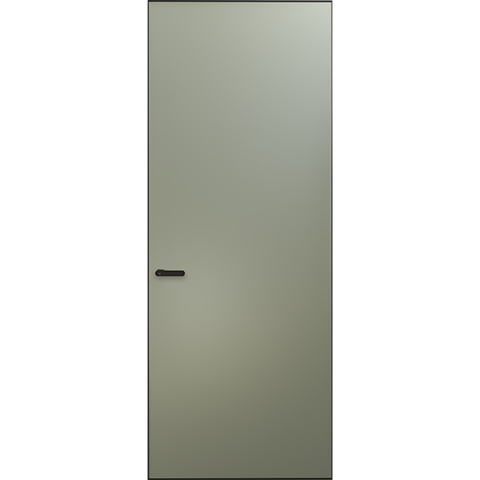Service life of door and window glass
Usually, there are only two situations that affect the life of door and window glass, humid air and high temperature.
life of tempered glass
Physical toughening is to heat the glass and then quench it, which changes the structure between molecules and molecules inside the glass; chemical toughening is to ion exchange the molecular structure of the glass surface at high temperature; both methods permanently change the glass material. micro structure. Therefore, unless there is high temperature and strong chemical action, the characteristics of tempering will not decay or change with time under normal use.
Insulating glass is a combination product composed of glass substrate, spacer frame (aluminum strip), desiccant (molecular sieve), and sealing material (butyl glue, polysulfide glue or structural glue). In the composition of insulating glass, glass and aluminum frame are usually very stable, and the lifespan of insulating glass depends on the lifespan of molecular sieves and sealing materials. Due to the change of ambient temperature, the gas in the hollow cavity is always in a state of expansion or compression, so that the insulating glass sealing system is always in a state of stress. At the same time, ultraviolet rays, water and moisture in the environment will accelerate the aging of the sealing system, resulting in Water vapor is accelerated into the hollow cavity. When a large amount of water vapor appears in the hollow glass cavity, the insulating glass has failed, and the failure of the insulating glass means that the service life of the insulating glass is terminated. The key to ensuring that the insulating glass does not fail is the desiccant and the sealing material.
Regarding the life of insulating glass, the earliest Chinese glass companies referred to the American standard to give the concept of a 10-year warranty period; in the national standard for insulating glass GB/T11944-2012, a reference agreement was put forward for the life of insulating glass for the first time. life expectancy should be greater than 15 years" concept. In fact, the life of insulating glass is closely related to the selection of insulating glass materials and processing technology. It is also affected by many factors such as the layout of insulating glass and the use environment. Simple quantification is difficult. For the insulating glass that has been installed on the wall, a relatively simple measurement method is actually to measure the dew point or the air humidity of the spacer layer.
Life of Low-E Glass
The life of Low-E glass mainly depends on the life of the hollow sealing system in which it is installed. We know that the main constituent materials of the Low-E film layer are metals, alloys, metal oxides and metal nitrides. Metal nitride is generally used as a protective layer in the film structure, and its performance is very stable. The metal oxide and alloy layer are generally used as the dielectric layer in the film layer to connect the silver layer and the protective layer, and their properties are relatively stable. The silver layer in Low-E is relatively active, but its oxidation requires water vapor. Therefore, as long as the insulating glass does not fail, there is basically no need to consider the service life of the Low-E film alone.
Laminated glass life
Laminated glass is a composite glass product in which one or more layers of organic polymer interlayer film are sandwiched between two pieces of glass. After processing, the glass and the interlayer film are permanently bonded into one. Even if the glass is broken, the shards of the laminated glass will stick to the film, which can effectively prevent the occurrence of puncture and penetration by the shards and ensure personal safety.
The service life of laminated glass mainly depends on the material of the interlayer. Normally, wet laminated glass and EVA laminated glass are mainly used for indoor partitions, not for building doors, windows or curtain walls. Wet laminated glass will accelerate aging under sunlight, yellowing will appear after 1-2 years, and degumming bubbles, ice flowers and fogging will start to appear in 2-3 years. Generally speaking, the aging rate of wet laminated glass is much faster than that of EVA laminated glass. EVA laminated glass can have a lifespan of more than 10 years when used indoors to avoid direct sunlight.
 Hot Recommendation
Hot Recommendation
 Latest Products
Latest Products



